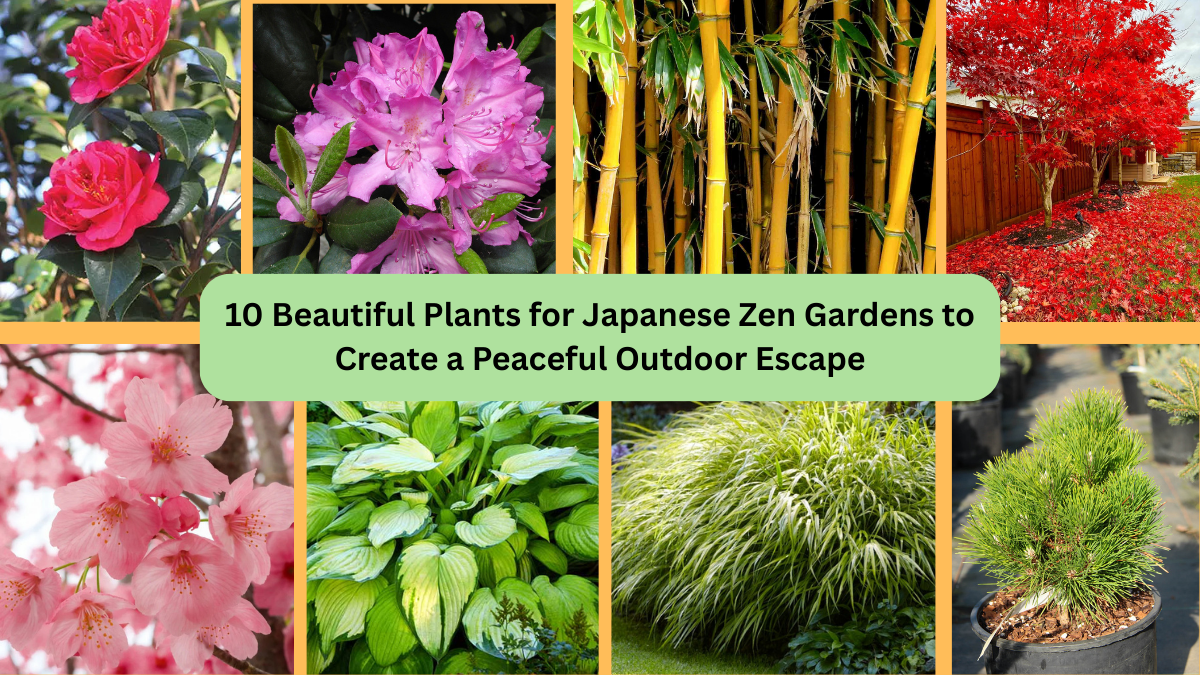Japanese Zen gardens are more than just landscapes they are tranquil sanctuaries designed to reflect harmony, balance, and simplicity. Every element, from stones and water to plants, is carefully chosen to foster serenity and spiritual reflection. While these gardens often emphasize minimalism, the right plants bring texture, symbolism, and seasonal beauty without overwhelming the design. Whether you’re creating a full-scale Zen retreat or a quiet corner of calm, these 10 beautiful plants will help you cultivate your own peaceful outdoor escape.
1. Japanese Maple (Acer palmatum)

Few trees capture the essence of a Zen garden like the Japanese maple. With its graceful, lacy leaves and elegant branching, it adds structure and seasonal interest offering lush greens in spring and fiery reds or oranges in fall. These trees are symbolic of peace and renewal and are ideal as focal points or backdrop plantings. Choose dwarf or weeping varieties for smaller spaces, and enjoy their sculptural form year-round.
2. Moss (Various species)

Moss is a cornerstone of traditional Japanese gardens, evoking age, quiet beauty, and continuity. It carpets the ground in lush, velvety greens, softening rocks and paths while creating a sense of timeless stillness. Moss thrives in shaded, moist areas and pairs perfectly with stone lanterns or water features. It doesn’t bloom or require mowing, making it a serene, low-maintenance option that instantly calms the senses.
3. Bamboo (Phyllostachys or Fargesia spp.)
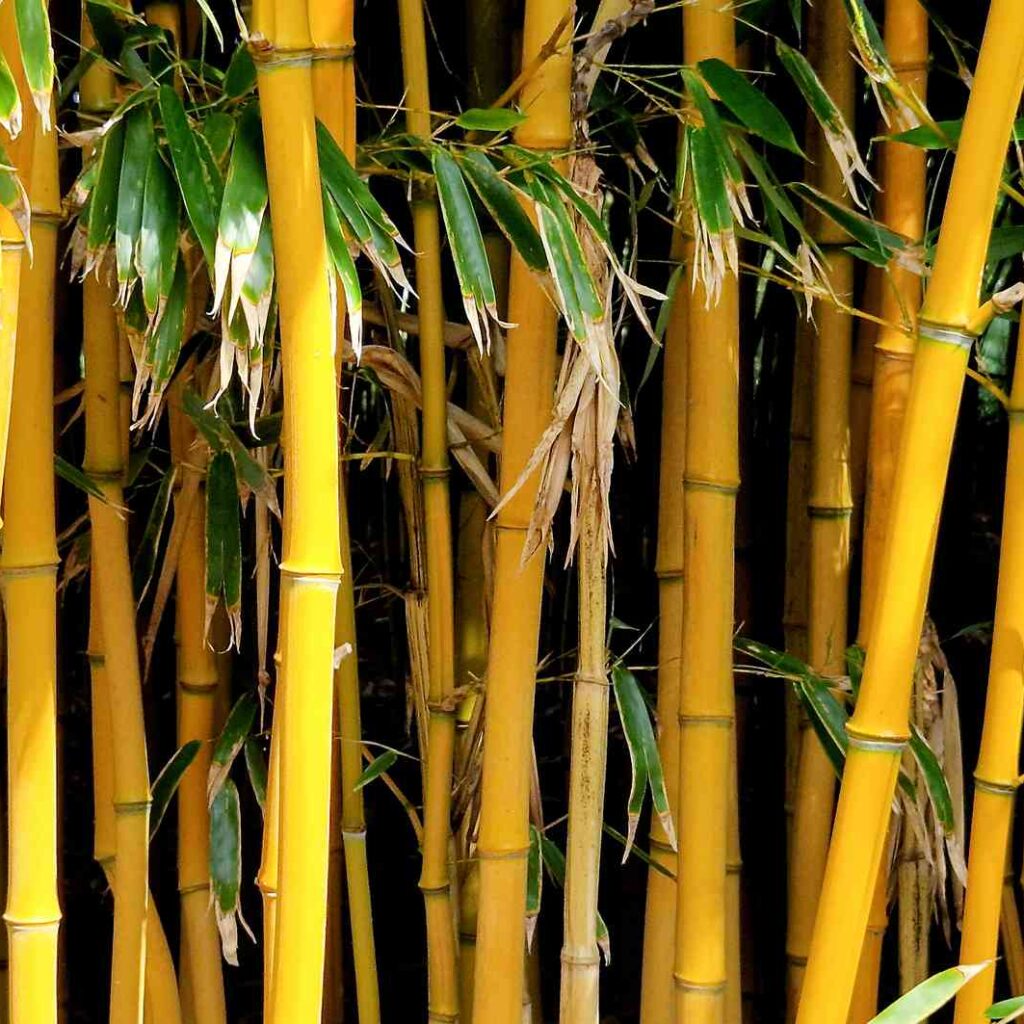
Bamboo brings vertical elegance and a whispering, meditative sound when the wind moves through its leaves. Tall, swaying canes create privacy, define spaces, or frame walkways. While Phyllostachys varieties are more aggressive, clumping types like Fargesia are better for smaller gardens or container use. In Japanese symbolism, bamboo represents strength and flexibility, and its rhythmic rustling enhances the garden’s sensory experience.
4. Ferns (Athyrium, Dryopteris spp.)

Ferns provide soft, feathery texture and thrive in the shaded areas typical of Zen gardens. Their gentle form adds a naturalistic element, especially near water features or stones. Species like the Japanese painted fern or lady fern work beautifully under trees or beside moss-covered rocks. Ferns symbolize humility and sincerity, aligning perfectly with the contemplative atmosphere of a Zen garden.
5. Azaleas (Rhododendron spp.)
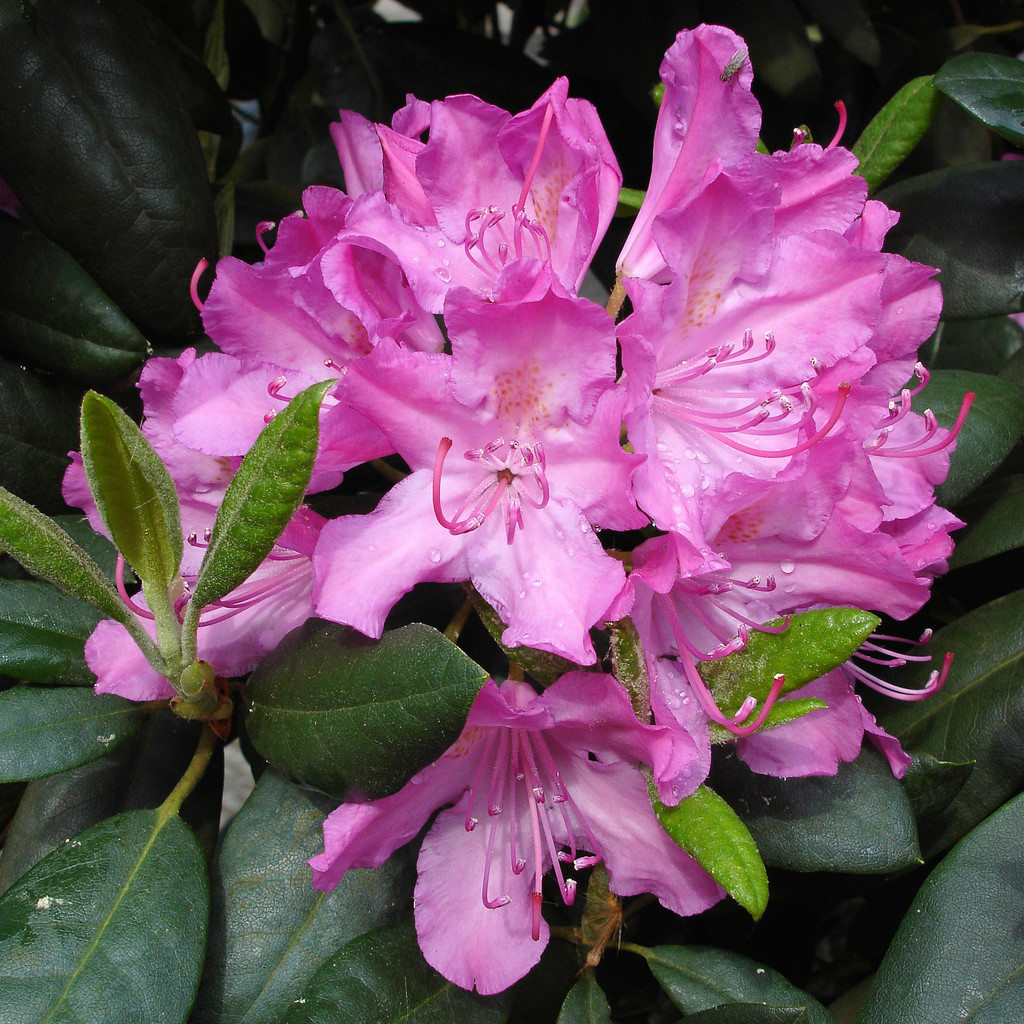
Azaleas are celebrated in Japanese gardens for their vibrant, seasonal blooms and ability to be pruned into clean, cloud-like forms. They burst with color in spring ranging from deep pinks to soft whites and offer evergreen structure through the rest of the year. Planted near entryways, bridges, or alongside ponds, azaleas provide a moment of seasonal joy while maintaining the garden’s refined aesthetic.
6. Black Pine (Pinus thunbergii)
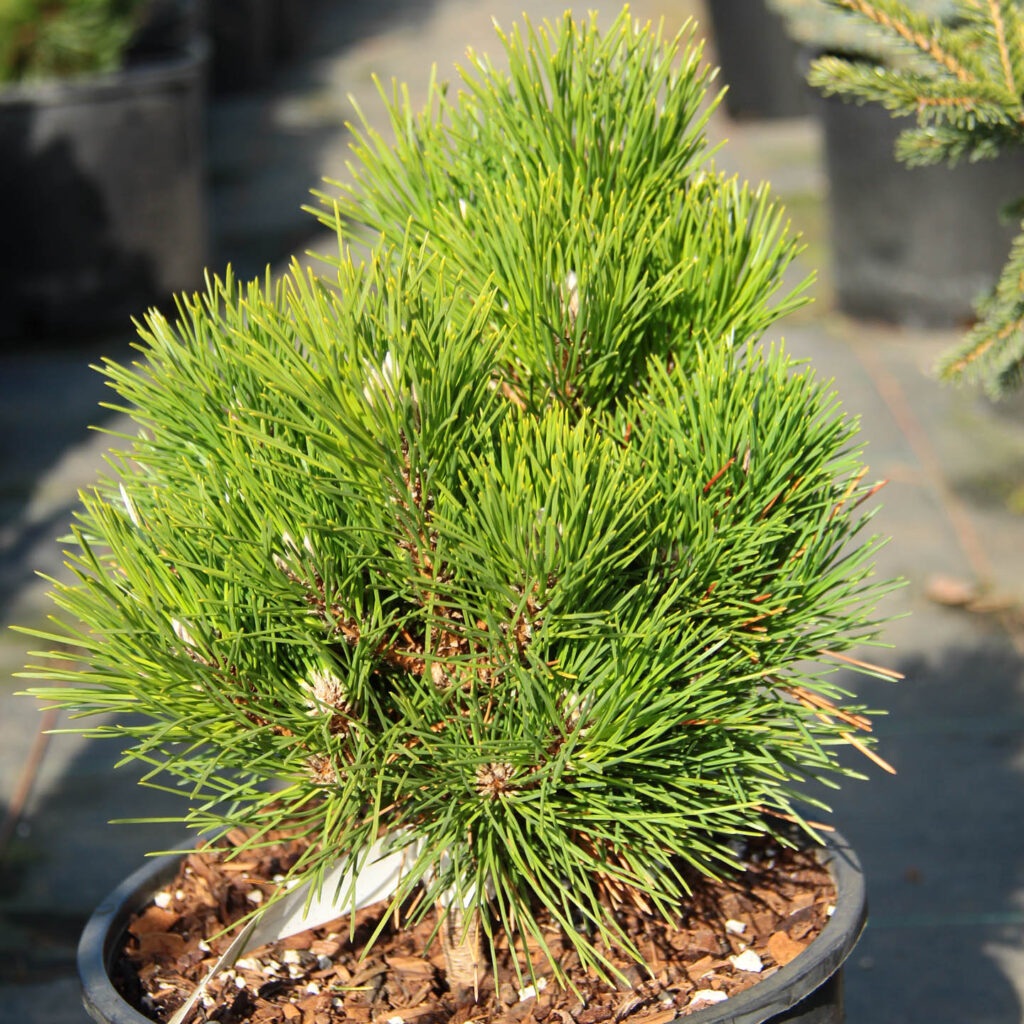
The Japanese black pine is a traditional tree often used in bonsai or sculpted forms within Zen gardens. Its dark needles and gnarled trunk bring a sense of strength and age, often symbolizing endurance and stability. Black pines are ideal for training in niwaki (garden tree shaping), giving your garden a distinctly curated look that honors centuries-old Japanese pruning techniques. They thrive in full sun and are extremely drought-tolerant once established.
7. Hostas (Hosta spp.)

Hostas offer broad, textured leaves that contrast beautifully with the fine lines of rocks, moss, or gravel paths. Their soothing green, blue, or variegated foliage adds calm, understated beauty. While typically known as shade plants, many hostas are surprisingly resilient and can thrive in dappled sunlight. Their gentle presence complements Zen aesthetics perfectly and blends harmoniously into quiet garden corners or beneath trees.
8. Camellias (Camellia japonica or sasanqua)

Camellias are revered in Japanese culture for their graceful, rose-like flowers and glossy evergreen leaves. Blooming in late winter to early spring, they offer beauty when few other plants do. Their subtle, refined charm makes them ideal for positioning near tea houses or garden paths. Camellias symbolize admiration and spiritual purity and bring a poetic, seasonal rhythm to the Zen garden experience.
9. Hakone Grass (Hakonechloa macra)
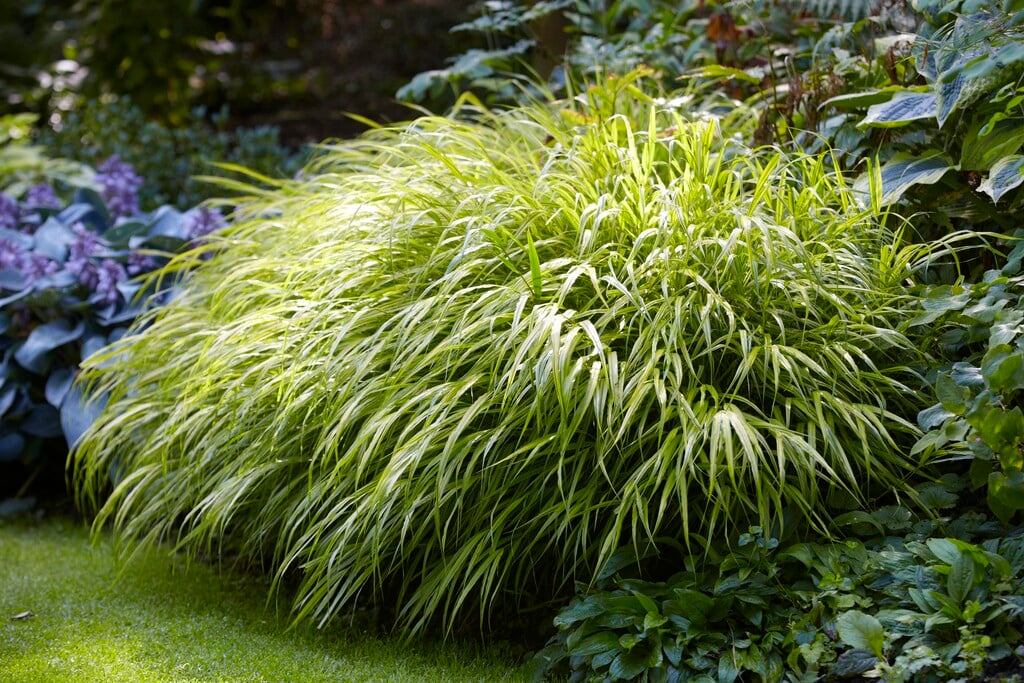
Also known as Japanese forest grass, Hakone grass flows gently like a green waterfall, bringing movement and softness to garden beds and pathways. Its arching leaves turn golden in autumn, providing year-round interest. This shade-loving ornamental grass thrives under trees or along borders, offering a peaceful, windswept appearance. Use it to contrast with stone elements or layer with moss and ferns for a deeply immersive Zen effect.
10. Cherry Blossom (Prunus serrulata)

No plant better captures the fleeting beauty of life than the cherry blossom. With its delicate pink or white flowers, it invites quiet reflection and appreciation of the present moment. While a full cherry tree may be too large for smaller gardens, compact varieties or even bonsai versions offer the same visual poetry. Their springtime bloom is short-lived, making their presence all the more treasured in the serene setting of a Zen garden.
